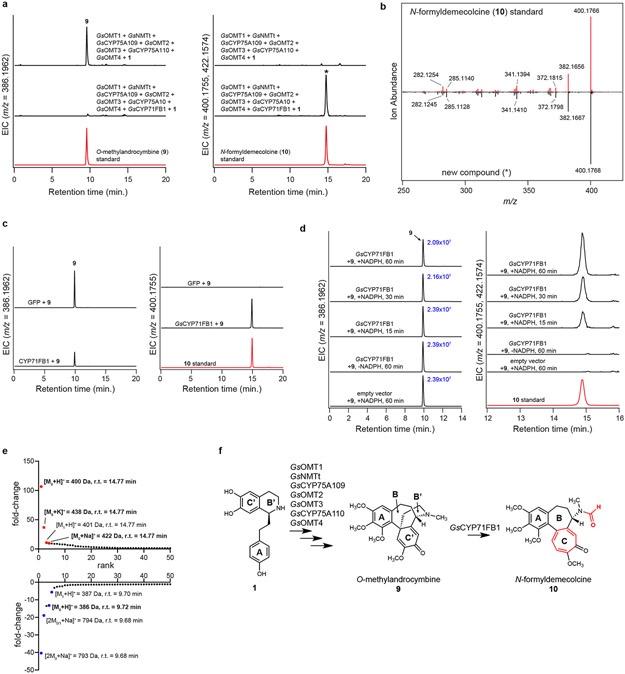Extended Data Figure 8. Characterization of GsCYP71FB1.
a) Addition of GsCYP71FB1 into the N. benthamiana transient co-expression system with co-infiltrated 1 leads to consumption of 9 (m/z 386.1962) and production of a new compound with identified masses of m/z 400.1755 [M+H+] and 422.1574 [M+Na]+ as shown here via LC-MS chromatograms. Comparison to an authentic N-formyldemecolcine (10) standard supports formation of this compound. EIC = extracted ion chromatogram. This experiment was performed twice, with similar results observed each time. b) MS/MS fragmentation spectrum of the generated m/z 400.1755 product (*) compared to the 10 standard, with both compounds fragmented at a collision energy of 20V. This was performed three times, with similar results each time. c) Transient expression of GsCYP71FB1 individually in N. benthamiana with substrate (9) co-infiltration, as shown through LC-MS chromatograms of substrate (9, m/z 386.1962) and product (10, m/z 400.1755) with comparison to a 10 standard. This experiment was performed once. d) In vitro assays using microsomal protein isolated from yeast expressing GsCYP71FB1. Shown are LC-MS chromatograms of substrate (9) and product (10) with comparison to the 10 standard. Peak integrations for the substrate (9) are shown in blue text to demonstrate its consumption in the presence of GsCYP71FB1-containing microsomal protein and NADPH. This experiment was performed once. e) Untargeted metabolite analysis (XCMS) comparing the presence vs. absence of GsCYP71FB1 within the transient co-expression system (n=6 independent replicates for each experimental condition). Shown are unique mass signatures (P < 0.1 between samples, as determined via XCMS) in ranked order based upon their increasing (top panel) or decreasing (bottom panel) fold-change in abundance between the two compared conditions. The mass isotopologues (M0, M1) as well as adducts (+Na, +K) for the product (10, m/z 400.1755) are highlighted in red, while the mass isotopologues (M0, M1) and adducts (2M+Na) of the substrate (9, m/z 386.1962) are highlighted in blue. r.t. = retention time. f) Proposed reaction catalyzed by GsCYP71FB1, as supported by MS/MS fragmentation, prior labeling studies, and comparison to an authentic 10 standard.

